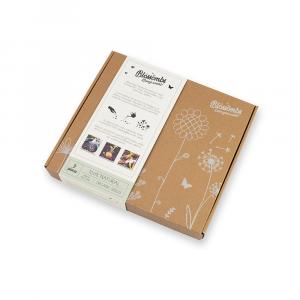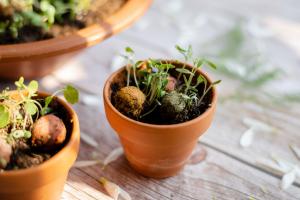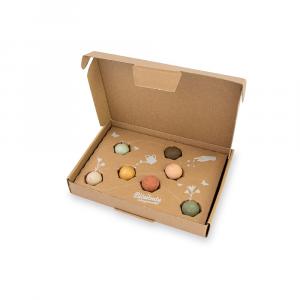Brassica juncea
Other names: mustard sarept, Indian mustard, brown mustard
Harm score: 1 (Natural substances)
Brassica juncea, also known as Saarepta mustard, Indian mustard or brown mustard, is an important annual plant native to Central Asia. It is part of the Brassicaceae family and is closely related to, for example, beetroot or kohlrabi. The plant grows up to 80 centimetres tall and blooms into yellow inflorescences at the end of the summer season. It is usually harvested 85 to 95 days after sowing.
Typically, the seeds are brownish and are the source of the well-known brown mustard. This mustard is a staple in many cuisines around the world, especially in India, where it is used to make a popular condiment, powdered mustard. In addition, brown mustard is also used in the production of Dijon mustard. The seeds of the netted cowpea are also used in traditional Chinese medicine. The leaves and stems of Brussels sprouts can also be eaten, either directly as a leafy vegetable or processed into sauces and soups. In addition, the oil extracted from the nettle is popular as a cooking oil in some parts of India. Due to its unique taste and nutritional properties, mesclun offers many uses in gastronomy and is a staple ingredient in many cuisines around the world.
Brassica juncea can be found in the following products

Seed Bombs - Gift Box Bouquet (9 pcs) - the original gift of love
Product detail
Seed Bombs - Small gift for teachers - Bunny (2 pcs)
Product detail
Seed Bombs - Medium Gift Set (9 pcs) - original and practical gift in one
Product detail
Seed Bombs - Medium Gift Set
Product detail
Seed Bombs - Small gift for teachers - Flowers (2 pcs)
Product detail